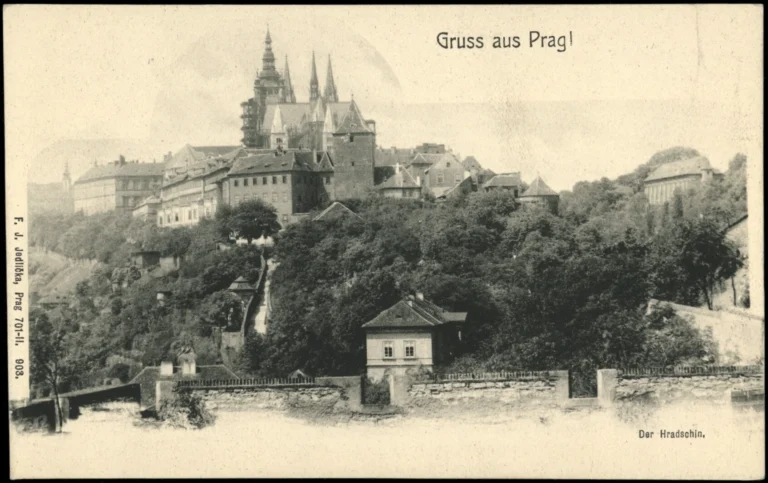
Trieste and the others
While Vienna remained the point of reference for music, painting and science for centuries for the triestini, there were other cities that established a literarily fruitful relationship with the Adriatic port.

While Vienna remained the point of reference for music, painting and science for centuries for the triestini, there were other cities that established a literarily fruitful relationship with the Adriatic port.
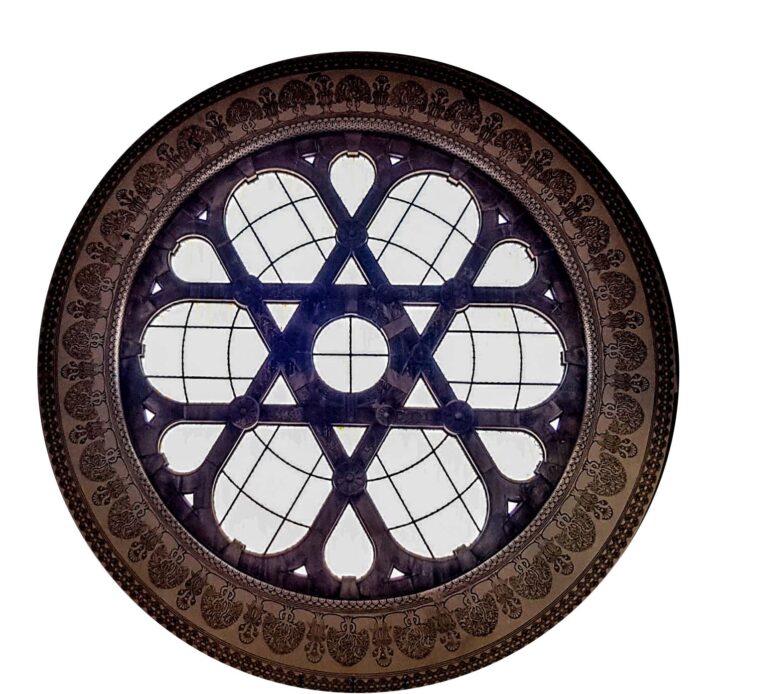
Together with their language of origin, the ethnic groups that converged on the commercial port of Trieste at the end of the 18th century brought with them traditional cultures and religions. The city therefore became multi-confessional, and the literature created interacts with these various faiths
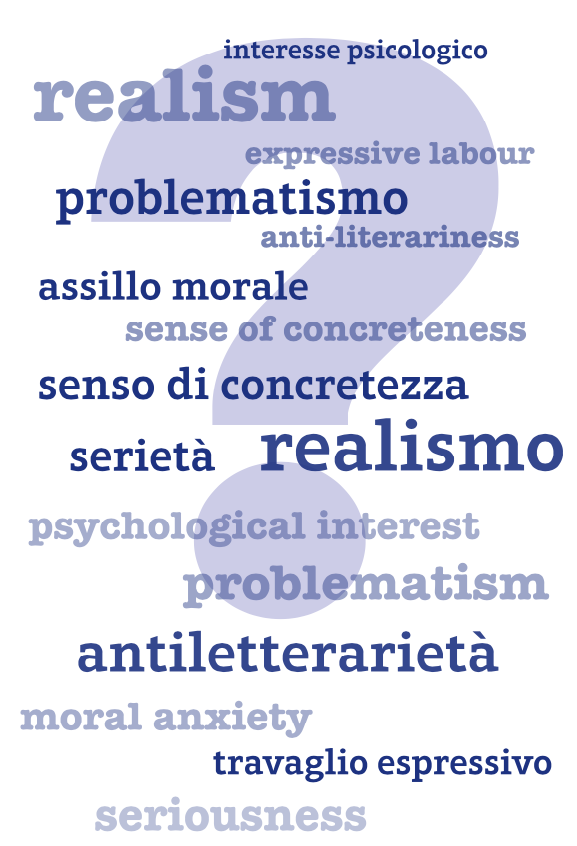
There is no literature without reading. That of the common reader, of course, but also that a professionals, who strive to draw a portrait in motion of a complex phenomenon.
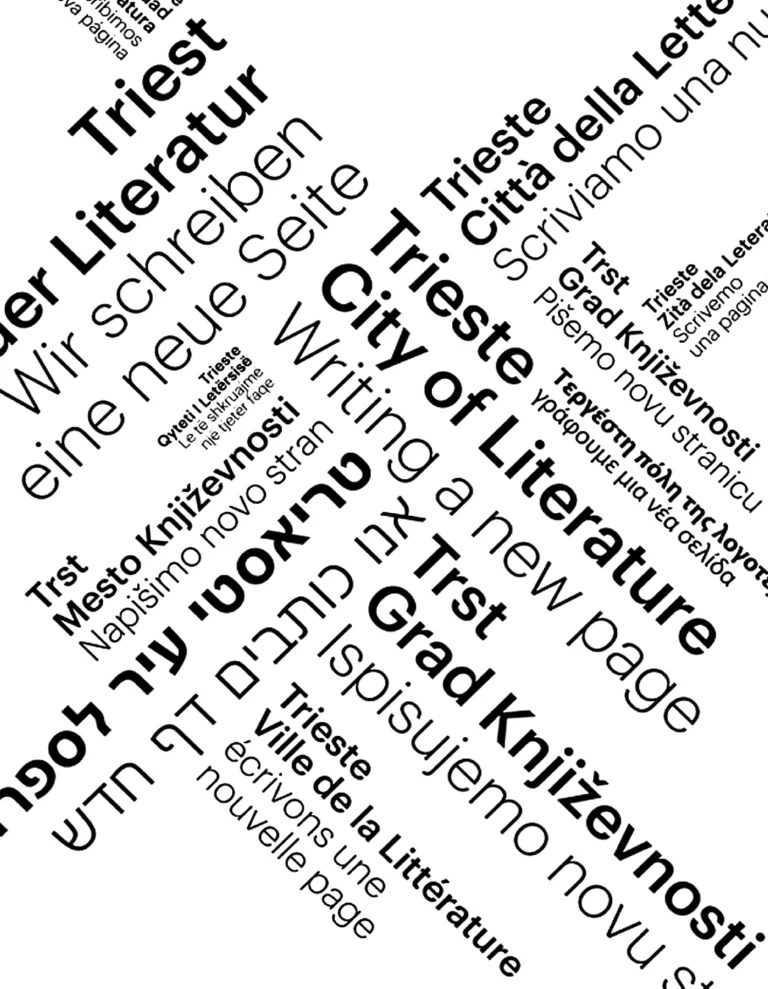
“A bit of an accomplice, a bit of a rival: the translator is a true co-author” (Claudio Magris). A multilingual reality like that of Trieste cannot help but pay attention to the topic of translations. There are the authors translated all over the world, such as Svevo, Magris, Bartol and Tamaro, as well as great translators, but also delays and misunderstandings between the different souls of the city
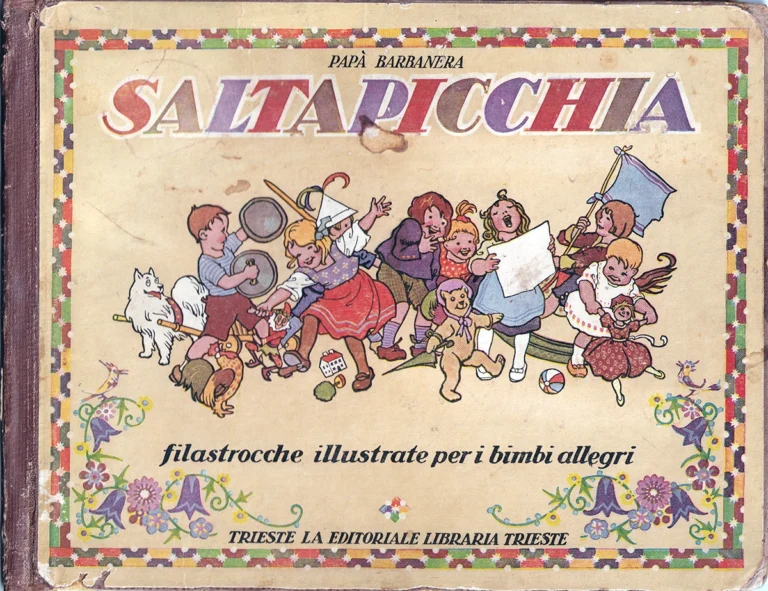
Particularly varied, the history of children’s literature in Trieste developed in its connections with the European tradition and in the search for original solutions, between edifying and moralizing tales and experiments full of
imagination and freedom
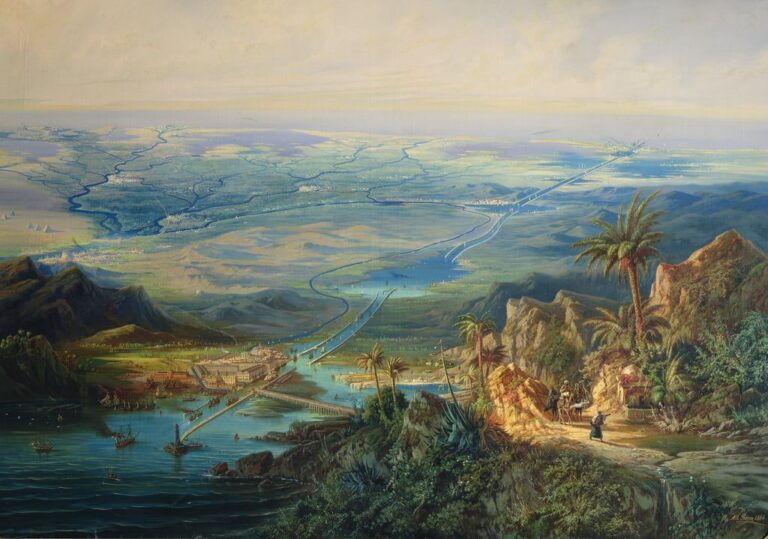
Trieste as a place of departure or arrival. Views from outside on the city together with vistas from the city towards the East – a s nearby as the Balkans or as far away as India – the European West, the South or the North – yes – as far as the Poles themselves.